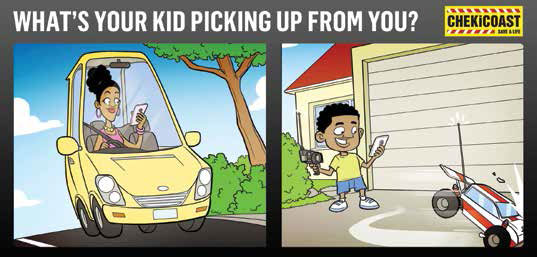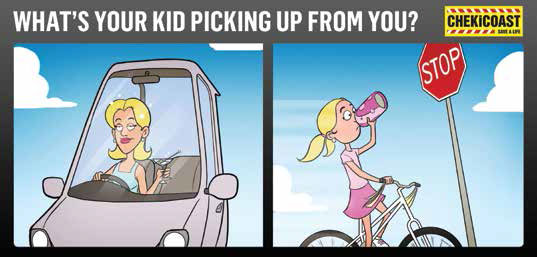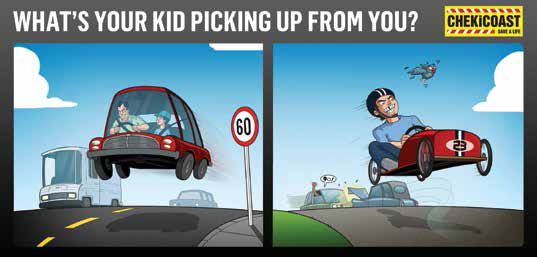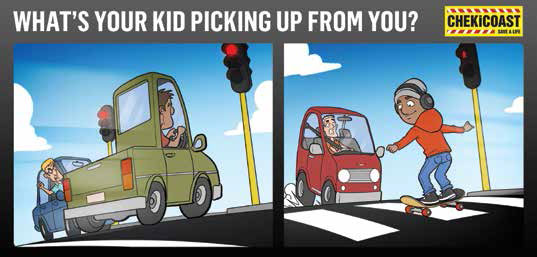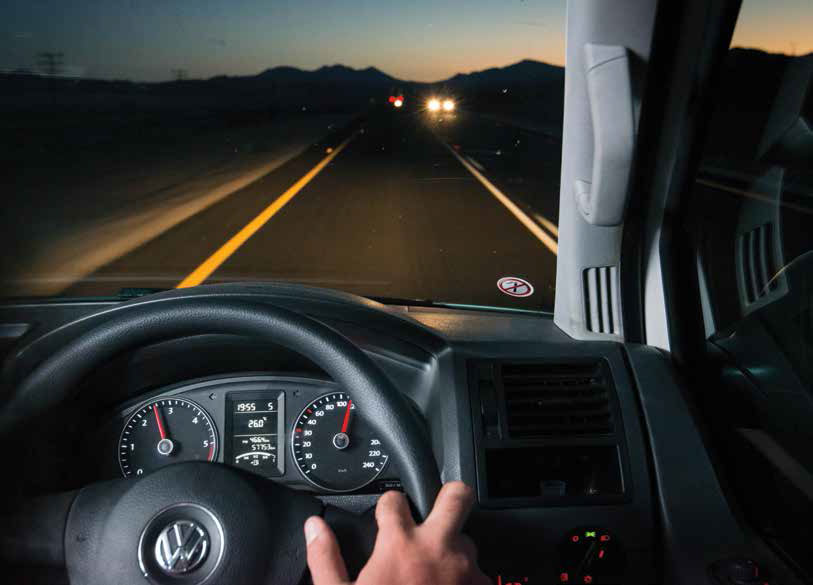And it should be enough to make you not want to drive at night ever, but that’s not always possible. But knowing what makes night driving so dangerous can help you avoid the pitfalls.
Driving at night is hazardous mainly because there is less visibility. Judging distances is way more difficult, your peripheral vision is impaired and colours are clearly not what they are in daylight. This makes driving at night as fast as you do during the day doubly dangerous – swerving out of the way of an obstruction or braking in time to avoid collision are much more difficult in the dark.
Remember that the light we use at night is artificial, so it’s harder to see road signs, other vehicles, pedestrians, or even animals. The chances of
pedestrians are also greater than they
are during the day. No matter how
modern your vehicle is, lighting is going
to be limited, so cyclists and bikers are
far less visible as well.
Oncoming cars could be driven by
someone who has been on the road
for hours, which means there’s a fair
chance they’re less attentive than they
would be otherwise. This may be true
of you too.
And if you’re an older person, take
extra care. You might get tired more
easily, and need better light to drive in
than is available at night.
An added, more recent danger is the
placing of objects on roads by criminals
to slow drivers down, or even throwing
stones from bridges (which can happen
during the day too, but it’s way more
dangerous by night).
So if you have to drive at night, what
can you do?
For starters, you can make sure you
have your eyes tested regularly. Also,
make sure you are rested before setting
off on your journey. Do not consume
any alcohol, food or medication that will
make you drowsy before or during your
drive. And preferably have someone
with you in the car who can keep you
company and be an extra set of eyes.
Stop often, eat something light, rest.
Don’t rush it – you’ll get there, even if it
is a little later than you thought.
Remember to use your bright
headlights with care – think of the
driver in front of you and the oncoming
vehicle. If you are blinded by highbeam
headlights, slow right down.
Most important of all: plan your driving,
try to do it during the day. But if you
can’t, keep the above guidelines and
hazards in mind.
The information gathered by the EWT can be added to the existing database on roadkill along the N4, so that remedial action can be taken.
Motorists should be doubly careful in low light, because it is more difficult to see animals.
If there is an animal on the road, motorists should dim their lights, as bright lights could mesmerise the animals. Hoot intermittently to chase them away. Slow down and try to drive around the animals.
Take note of the road signs that indicate where animals might cross – and also where there is no fencing along the road.
Not only can you help save the lives of animals and prevent them from getting maimed, you can save your car, your passengers and yourself from serious injury.
